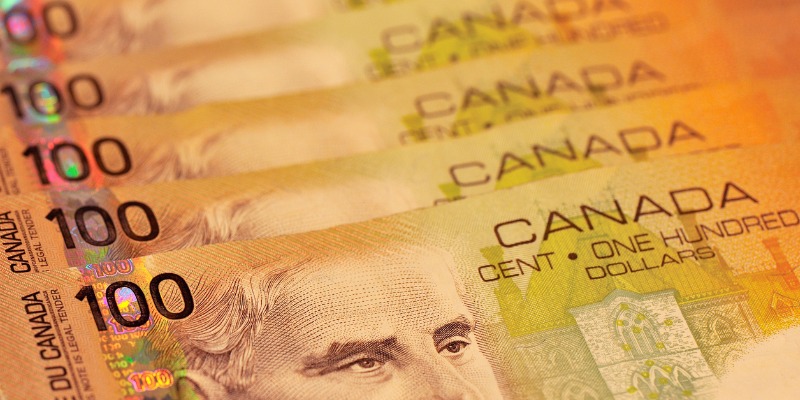Alberta’s ‘yes’ vote on equalization only first step to fix larger broken system

Last month, Albertans voted in favour of removing equalization from the Constitution. But the referendum wasn’t just about equalization; it was potentially the first step to bring the other provinces and Ottawa to the table to discuss the broader state of fiscal federalism—the financial flows between provinces and the federal government—which is clearly in need of repair.
Equalization aims to help provide “reasonably comparable levels of public services at reasonably comparable levels of taxation” across Canada. To ensure comparable services such as health care and education are comparatively provided from coast to coast, Ottawa transfers money to provinces that are less able to raise their own revenue.
In recent years, however, the gap between “richer” provinces such as Alberta and “poorer” provinces decreased dramatically. In 2007/08, Alberta’s per-person “fiscal capacity”—that is, the province's ability to raise own-source revenue—was 88 per cent higher than Ontario. By 2018/19, that gap fell to an estimated 24 per cent. Meanwhile, the gap between Alberta and other provinces that receive equalization payments including Manitoba, Quebec and the Maritimes also decreased. Yet, due to a quirk in the way Ottawa calculates equalization, payments to recipient provinces actually increased by more than $6 billion.
But again, equalization is only one part of a much more complex and increasingly flawed system of taxes and transfers by Ottawa to the provinces.
For example, Ottawa raised $280 billion more from Albertans than it spent in Alberta from 2007 to 2019. Ontarians were the next largest contributors sending $126 billion more to Ottawa than they received in federal spending. British Columbians were also net contributors over this period.
Every other province received more from Ottawa than it contributed, with Quebec being the highest net receiver ($200 billion) followed by Atlantic Canada ($197 billion for the four provinces combined). In fact, federal transfers accounted for nearly 32 per cent of all revenue collected by provincial governments in Atlantic Canada over this 13-year period.
At the same time, Ottawa is becoming more involved in provincial matters. The very principle of fiscal federalism—that different levels of government have distinct areas of responsibility—is compromised.
Consider the largest federal transfer, the Canada Health Transfer (CHT). Through the CHT, Ottawa sends money to the provinces to help support health care (an area of provincial jurisdiction), subject to certain conditions in the Canada Health Act. But these “conditions” restrict the ability of provinces to experiment and innovate in ways that could improve the health-care systems in individual provinces. If any province violates those conditions, Ottawa can withhold health-care transfers.
If Canada’s health-care system was top tier, perhaps this would be less concerning, but it’s not. Of 28 industrialized countries with universal health care, Canada spends more on health care (as a share of the economy, after adjusting for the population’s age) than every other country except Switzerland. But on measure after measure (including wait times), we rank in the middle or bottom among comparable countries. Canadians pay a lot but get little in return compared to people in virtually every other high-income country with universal care.
In voting yes to the referendum on equalization, Albertans have taken the first step in starting a national discussion about our system of federal taxes and transfers to the provinces. Now it’s up to the other provinces and Ottawa to come to the table.


